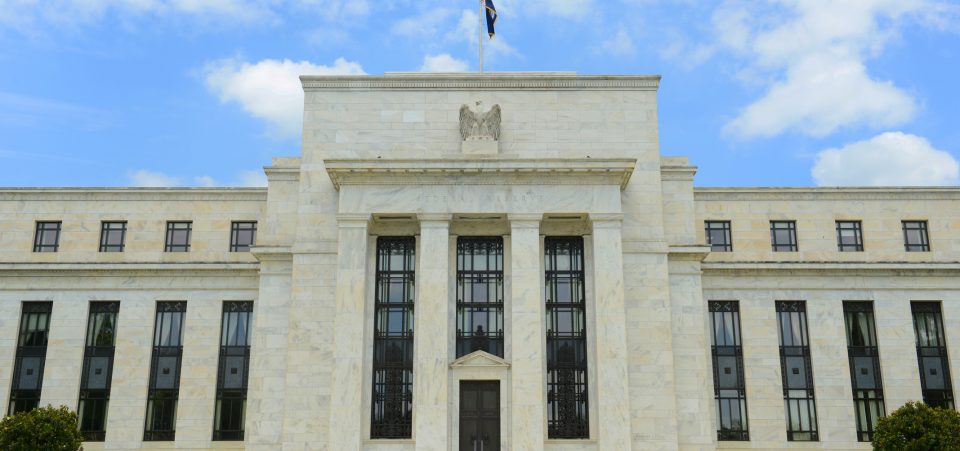Federal Reserve Plans to Sell Off Bonds
In the most recent Federal Open Market Committee (FOMC) meeting minutes, the Federal Reserve talked about shrinking its balance sheet that’s made up of $4.5 trillion worth of bonds it bought during and after the Credit Crisis of 2008.
The minutes went as far as saying “Although several participants were prepared to announce a starting date for the program at the current meeting, most preferred to defer that decision until an upcoming meeting…” (Source: “Minutes of the Federal Open Market Committee July 25–26, 2017,” Board of Governors of the Federal Reserve System, August 16, 2017.)
In other words, the Fed is ready to start selling its bonds. This will be a huge endeavor.
To provide some perspective, the $4.5 trillion in bonds that the Fed owns equates to roughly 11% of all outstanding bonds in the United States. That’s a lot of bonds for the market to absorb. And the concern is that other investors might try to front-run the Fed and sell their bonds before the Fed hits the market with theirs. (Source: “Outstanding U.S. Bond Market Debt,” Securities Industry and Financial Markets Association, last accessed August 16, 2017.)
We’ve never been in a situation in which the Federal Reserve needs to unload $4.5 trillion in bonds and the government needs to be selling more bonds to fund its daily operations. The fear is that a sell-off in the bond market will result in rising short-term interest rates.
Where will investors put their money as they exit the bond market?
Will they go buy stocks that are currently selling at extremely high valuations when compared to historical averages? I doubt it. I believe they will likely go into something safe and valuable like gold.
The gold market is very small when compared to the stock market and the bond market. You don’t need a lot of money flowing into gold for prices to rise. Dear reader, what I’m saying is that the coming sale of bonds that were accumulated by the Fed to support the financial system during the Credit Crisis will be bullish for gold prices.
In conclusion, I leave you with this one chart below.

Chart courtesy of StockCharts.com
The chart above shows the Gold Bugs Index, which tracks the price performance of major gold miners. Since 2011, as gold prices dropped roughly 30% from their top, this index plummeted 70%.
Investors have punished gold miners. As it stands, I see the stocks of quality gold miners selling for pennies on the dollar. If gold prices do soar to $2,500 an ounce, investors who own these mining shares will profit handsomely.






